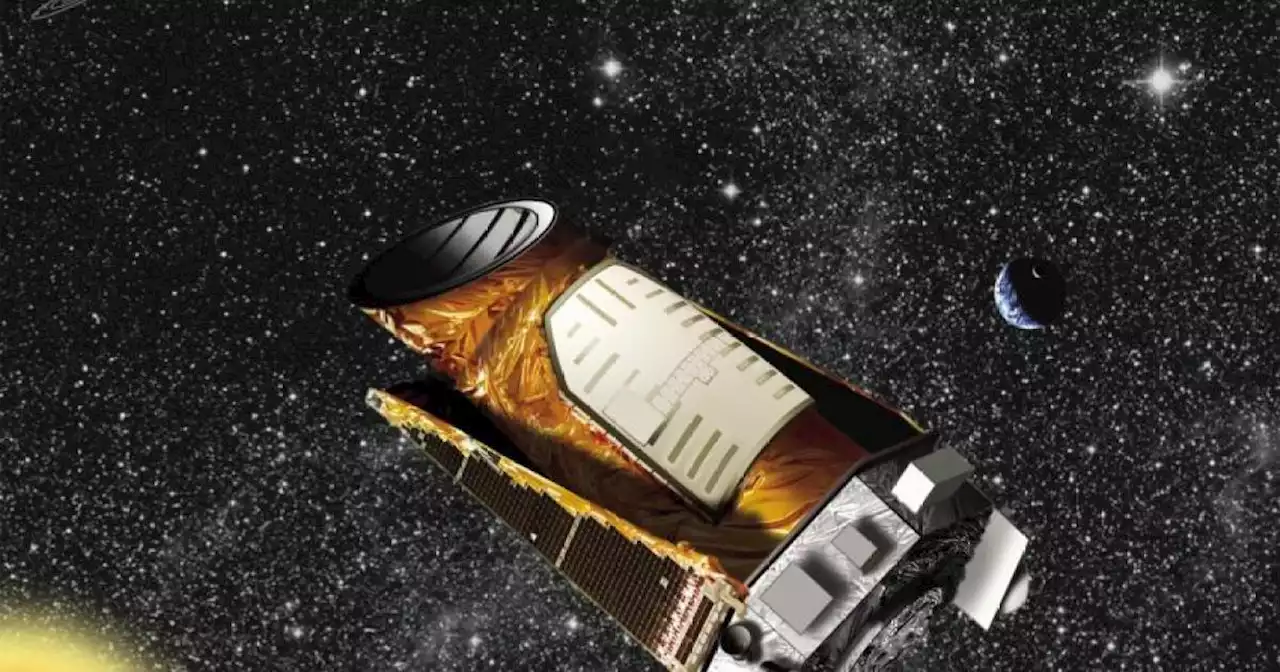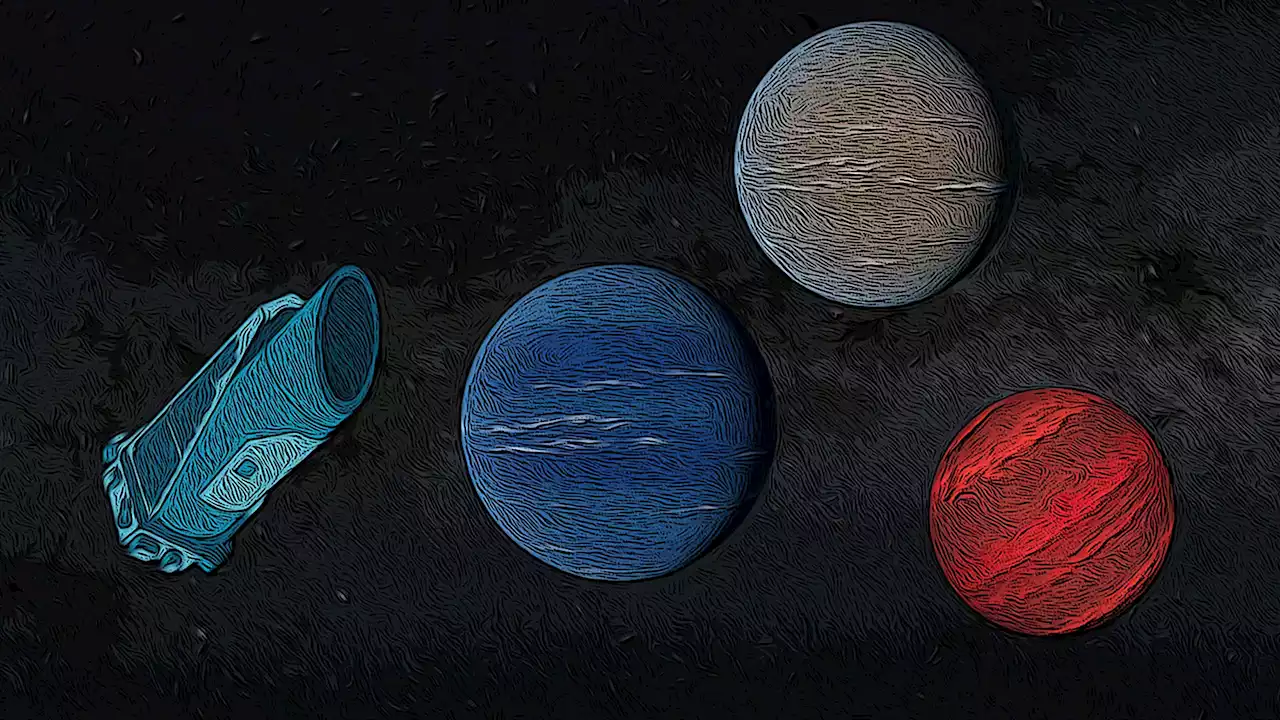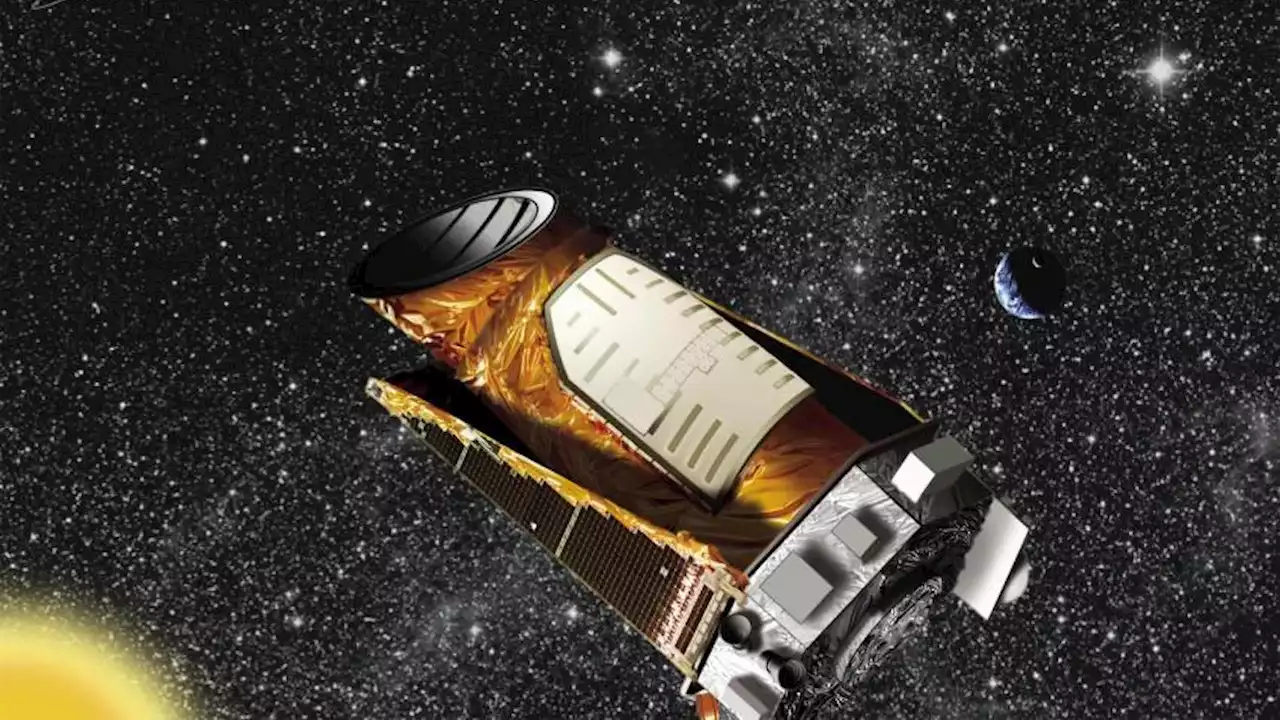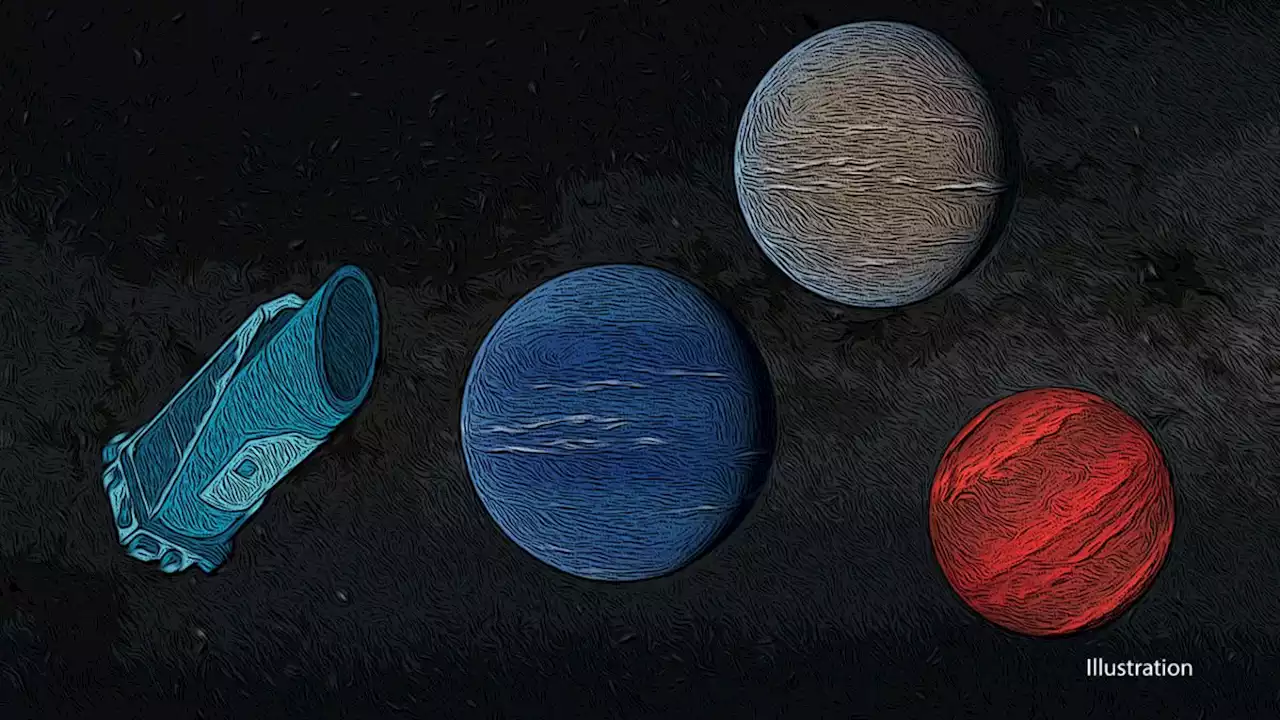A new analysis of Kepler data shows that one-third of small stars called M dwarfs may have the potential to host life.
The sun is an ordinary star, but it's not the only kind of star out there. Most stars in our galaxy are M dwarfs , which are significantly smaller and redder than the sun — and many of them may have the potential to host life, new research shows.
For the analysis, astronomers at the University of Florida incorporated new information from the European Space Agency's Gaia satellite, which precisely measures the distances and motions of stars, to fine-tune measurements of exoplanets' orbits. The researchers wanted to pin down a parameter of each orbit known as eccentricity, a measure of how stretched out the planet's path around its star is.
If a planet around an M dwarf was further away, that distance may prevent torment by tidal heating — but, then the planet would be too cold, lacking the warmth needed for life. Therefore, exoplanets around M dwarfs must live close to their stars for even a chance of being warm enough for life, putting them at risk of tidal heating if their orbit isn’t a clean circle.
United States Latest News, United States Headlines
Similar News:You can also read news stories similar to this one that we have collected from other news sources.
 Astronomers discover exoplanets in final data from Kepler | Digital TrendsThe Kepler Space Telescope was retired in 2018, after discovering 2,600 confirmed exoplanets. But now there are three more to add to the mission's total,
Astronomers discover exoplanets in final data from Kepler | Digital TrendsThe Kepler Space Telescope was retired in 2018, after discovering 2,600 confirmed exoplanets. But now there are three more to add to the mission's total,
Read more »
 Final Act for NASA’s Kepler Planet Hunter: Unearthing a Triad of Alien WorldsAstrophysicists and citizen scientists have discovered three exoplanets, considered to be among the last observed by NASA's retired Kepler space telescope. Throughout its mission, Kepler observed hundreds of thousands of stars and contributed to the identification of over 2,600 confirmed exoplanets.
Final Act for NASA’s Kepler Planet Hunter: Unearthing a Triad of Alien WorldsAstrophysicists and citizen scientists have discovered three exoplanets, considered to be among the last observed by NASA's retired Kepler space telescope. Throughout its mission, Kepler observed hundreds of thousands of stars and contributed to the identification of over 2,600 confirmed exoplanets.
Read more »
 The Kepler Mission's Final Three Planets?The Kepler mission ended 4.5 years ago, but scientists, and dedicated citizen helpers, are still finding exoplanets in all that data.
The Kepler Mission's Final Three Planets?The Kepler mission ended 4.5 years ago, but scientists, and dedicated citizen helpers, are still finding exoplanets in all that data.
Read more »
 Astronomers unearth the last alien worlds observed by the Kepler Space Telescope'These are the last chronologically observed planets by Kepler, but every [last] bit of the telescope's data is incredibly useful.'
Astronomers unearth the last alien worlds observed by the Kepler Space Telescope'These are the last chronologically observed planets by Kepler, but every [last] bit of the telescope's data is incredibly useful.'
Read more »
 NASA's Kepler telescope discovered 2 mini-Neptune exoplanets just before dying'We have found what are probably the last planets ever discovered by Kepler, in data taken while the spacecraft was literally running on fumes.'
NASA's Kepler telescope discovered 2 mini-Neptune exoplanets just before dying'We have found what are probably the last planets ever discovered by Kepler, in data taken while the spacecraft was literally running on fumes.'
Read more »
 Last Gasp: A Dying NASA Telescope Spotted Three Exoplanets in Its Final DaysThree exoplanets were hidden away in 2018 Kepler Space Telescope data, until now.
Last Gasp: A Dying NASA Telescope Spotted Three Exoplanets in Its Final DaysThree exoplanets were hidden away in 2018 Kepler Space Telescope data, until now.
Read more »
